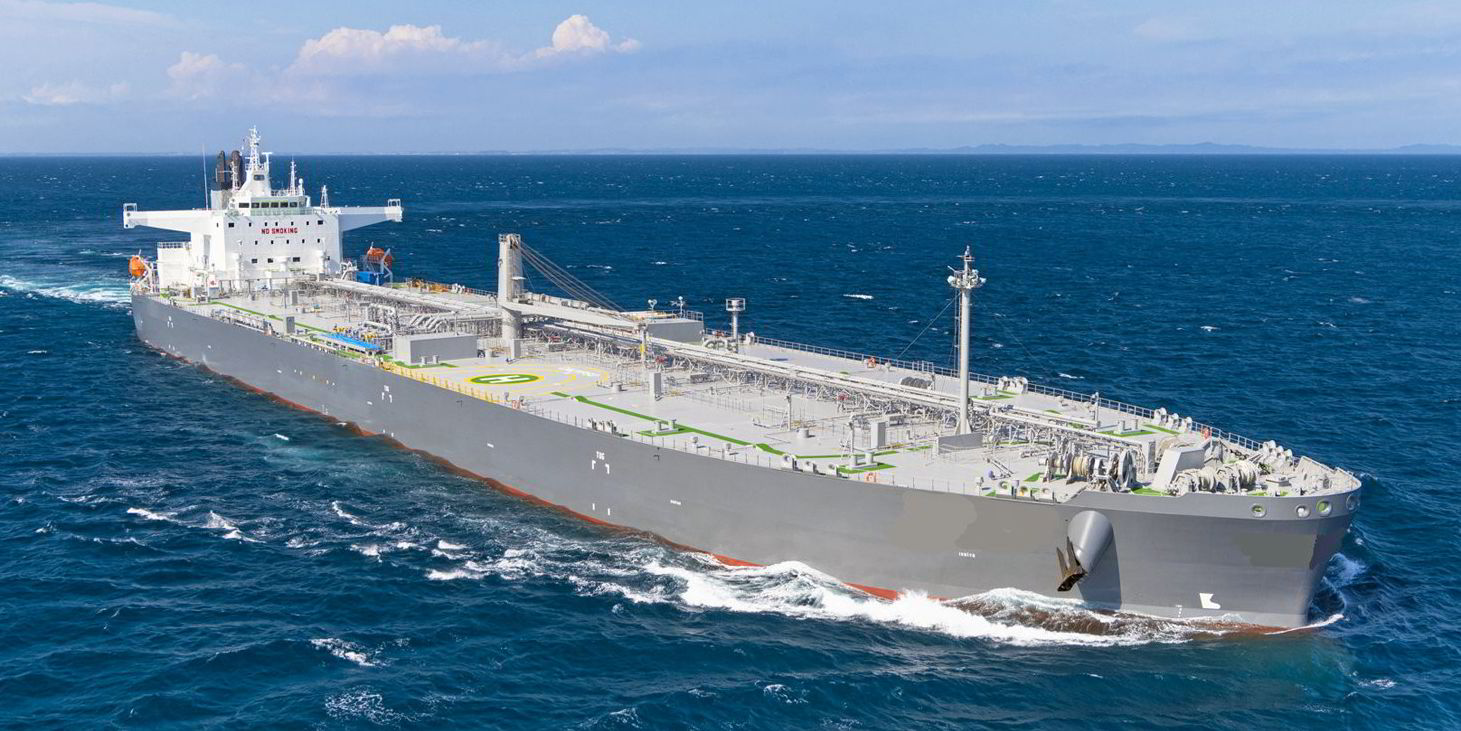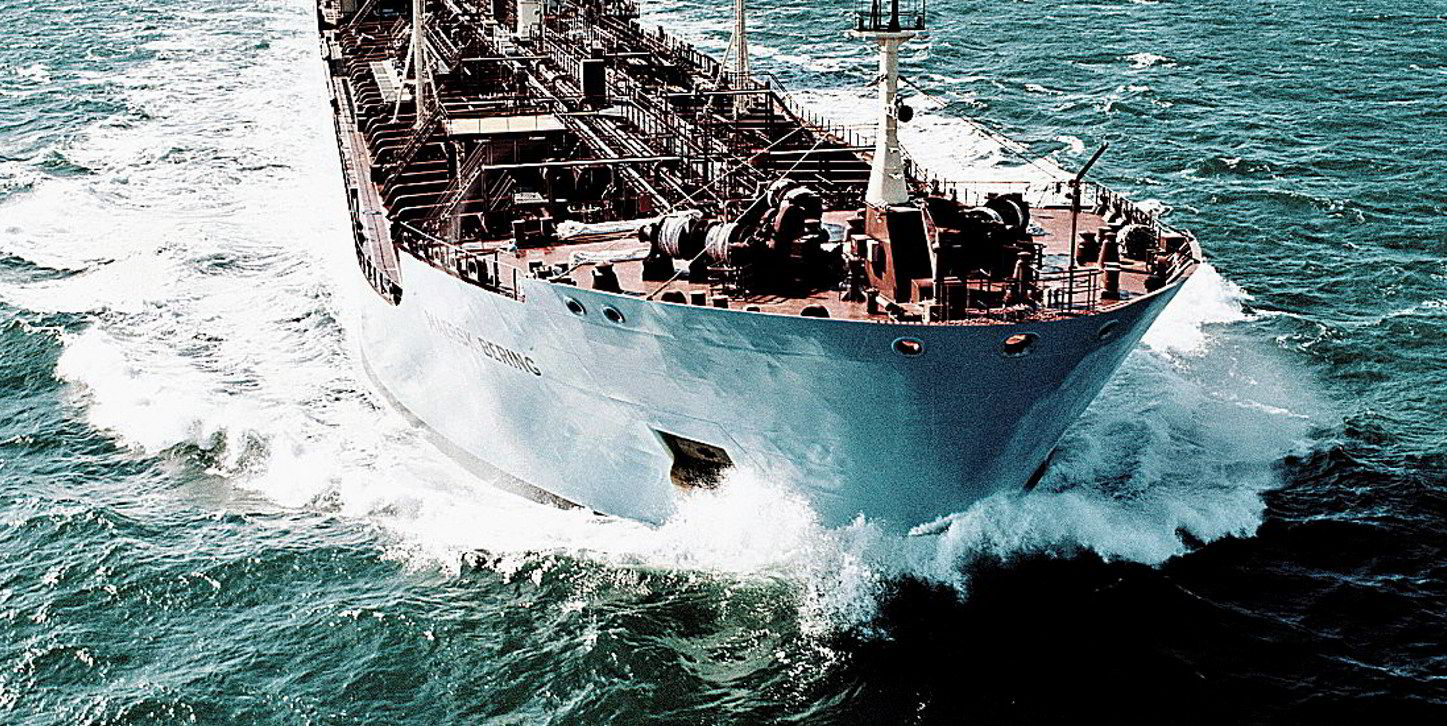The $34bn expansion of Canada’s Trans Mountain Pipeline (TMX) will dramatically change the oil and tanker markets in the region, says Poten & Partners.
The project is nearing completion, and the volume of crude that will be able to be shipped from Alberta to the west coast of Canada will almost triple to 890,000 barrels per day.
“The ability to export an additional 580,000 bpd of crude oil will add a meaningful volume of crude to the Pacific Basin,” Poten said.
Large potential markets for this crude will include China, Japan, South Korea, plus the US West Coast.
In Asian markets, where oil demand is still growing, Poten said the Canadian barrels will compete with Russian and Middle Eastern crudes as well as US Gulf exports.
On the West Coast, Canadian producers will try to replace Alaskan crude as well as oil from Middle East producers Iraq and Saudi Arabia and from South American and Central American exporters Guyana, Brazil, Argentina and Mexico.
“The US West Coast, which imports about 1.4m bpd, is a highly competitive market and it is not growing, which means TMX crude will need to replace other barrels,” said Poten.
“Alaska North Slope (ANS) crude, which currently makes up about a third of the supplies on the West Coast, seems to have a strong position in this market.
“Many West Coast refiners have been configured to run ANS crude for decades and the US-flag crude tanker fleet which moves these barrels as required under the Jones Act is well integrated in the logistical system of the producers in Alaska, several of which operate their own tankers.”
Poten said it will be difficult to dislodge ANS crude from the West Coast in the short to medium term, so the other crude producers could be more at risk, especially since the short shipping distance from Vancouver gives the TMX crude competitive transportation costs.
There is still much speculation about how much of the TMX crude will go to Asia versus the US West Coast. Some pundits expect a 50/50 split, while others assume up to 75% will end up in Asia.
“It is difficult to predict how much crude will ultimately be exported and where it will end up because it depends on so many factors, including the pricing of the export barrels, the availability of suitable tonnage and the competitive response from other producers,” said Poten.
“In the short to medium term, growing oil sales out of Vancouver will reduce the volumes of Canadian crude exported via the US Gulf.”
Poten said the export infrastructure in Vancouver is another complicating factor. Its Westridge Terminal is restricted to aframaxes.
Daylight-only transits, air draft and tide concerns, as well as strong currents present additional operational challenges.
The broker said 10 shippers committed to the TMX under 20-year contracts covering 80% of the pipeline’s capacity, leaving 20% available for spot shipments.
It said the flows will gradually increase as shippers gain experience with the logistics and learn to navigate the operational challenges.
The limitation on tanker sizes also creates commercial challenges for the TMX shippers because of the limited availability of aframaxes on the west coast of the Americas.
Poten said a significant number of aframaxes will need to reposition to this area as exports ramp up.
At full capacity, the Westridge Terminal will need to service one aframax per day, up from two cargoes per month at the moment.
“This is a dramatic increase, which will give a boost to global aframax demand and support earnings for this vessel class,” said Poten.
“Some shippers are addressing this challenge by taking aframaxes on time charter and committing them to this trade.
“However, we expect that in the future, as the volumes stabilise at higher levels, there will be a combination of spot and time-chartered tonnage servicing this trade.”
Poten expects some of these aframaxes to shuttle back and forth to the US West Coast, while others will make the trip to the Far East.
However, to better facilitate long-haul exports to Asia, the broker also expects a pick-up in reverse lightering to enable the use of VLCCs.






